CU - Dongsoong Art Center Branch [Tax Refund Shop] (cu동숭아트점)
1.7Km 2024-06-26
114, Dongsung-gil, Jongno-gu, Seoul
-
ASSITEJ International Summer Festival (아시테지 국제여름축제)
1.7Km 2024-07-09
114 Dongsung-gil, Jongno-gu, Seoul
+82-2-745-5863
ASSITEJ International Summer Festival is Korea's largest performing arts festival aimed at introducing theater to children. Started in 1993, the festival has continued to grow each year, including many performances from overseas groups to delight children and adults alike.
Hwanghak-dong Flea Market (Dokkaebi Market / Manmul Market) (황학동 벼룩시장 (도깨비시장/만물시장))
1.7Km 2025-04-11
11-7 Majang-ro 5-gil, Jung-gu, Seoul
Hwanghak-dong Flea Market was named after the way how merchants travel from one place to another all over the country, as if like fleas hopping around from one spot to another, to collect rare and valuable items. This market was once a haven of antiques and collectibles, but with the formation of old-fashioned art street in 1983 in Janganpyeong, many classic art shops had moved out, leaving only used item and general goods stores. Now, visitors can find stores selling antiques, used furniture, electronics, clocks, jewelry, musical instruments, camera, and machinery – pretty much anything one can name. Hwanghak-dong Flea Market is also referred to as Dokkaebbi Market, to describe how even the most rundown items become just like new, as if like the work of a dokkaebi (Korean folk goblin).
Hostel Vanilla2
1.7Km 2021-04-09
34-8, Jong-ro 57-gil, Jongno-gu, Seoul
+82-10-9945-1944
Hostel Vanilla 2 is a guesthouse in a residential house located in Sungin-dong, Jongno-gu, Seoul. The 2-story house has 9 cozy rooms. Over 90% of the guests are from China, Taiwan, Hong Kong, Thailand, and Japan, and most of them are in their twenties. Since it is within a 10-minute walk from Dongdaemun Design Plaza, most guests – particularly those who came to Korea to shop during their tour - stay there for three or four days. All the guestrooms are for two and are kept clean at all times. The guesthouse provides free luggage storage service even after the guest has checked out, which is very convenient to the shoppers. Because the guests are young, the guesthouse owner communicates with the guests through various social network services and apps.
Rakkojae Seoul Bukchon Hanok Hotel (락고재 서울 북촌 한옥호텔)
1.7Km 2024-12-23
49-23 , Gyedong-gil, Jongno-gu, Seoul
+82-2-742-3410
Rakgojae Bukchon Hanok Hotel in Jongru-gu, Seoul, is a traditional hanok compound with a 130-year history, renovated by master carpenter Jeong Yeong-jin. The elegant gate and stone walls, the traditional roof tiles, the jangdokdae jar store, the pavilions and ponds - not to mention the beautiful pine trees - express the archetypal beauty of hanok. Sitting on the daecheongmaru (wooden patio) with a breeze in the trees, guests will feel taken back in time. Guestrooms are clean and comfortable, and visitors can relax in a wood-fired red-clay sauna and a jade-covered ondol room,. Traditional culture programs are available.
Hwangudan Altar (환구단)
1.7Km 2020-05-07
112, Sogong-ro, Jung-gu, Seoul
+82-2-3396-5842
Hwangudan Altar, also called Hwandan Altar, refers to an altar complex for the rite of heaven. The rites were first performed in the Goryeo dynasty by King Seongjong in the first month of 983 (2nd year of his reign), but was repeatedly adopted and abolished, and eventually stopped at the start of the Joseon dynasty.
Then in 1456 (2nd year of King Sejo), the practice was temporarily standardized and the rites were performed at Hwangudan Altar again in 1457. However, rites were again abolished in 1464 (10th year of King Sejo). It wasn’t until 1897 (34th year of King Gojong) when the Joseon dynasty was renamed as the Korean Empire and King Gojong ascended to emperor, that the rite was revived.
Now, Hwangungu Shrine and three stone drums stand at the location of the former altar complex. The three stone drums symbolize the instruments used for the rites. The shrine was completed in 1899, two years after the altar was started in 1897. Today, the Hwangungu Shrine still stands within the hotel grounds of the Westin Chosun Hotel.
Cheongwonsanbang Studio (청원산방)
1.7Km 2019-10-02
27, Bukchon-ro 6-gil, Jongno-gu, Seoul
+82-2-715-3342
Located in Samcheong-dong and established in 1981, Cheongwonsanbang Studio is an art studio by Sim Yong-sik (Intangible Cultural Property designated by City of Seoul). He works on various traditional windows and doors with his students, promoting them in Korea and other countries. Doors and windows with beautiful patterns are all over the place in this studio: doors that can hang against a wall, windows decorated with cherry blossoms, comb-patterned windows and so many more. Visitors can also enjoy beautiful crafts in various exhibition events.

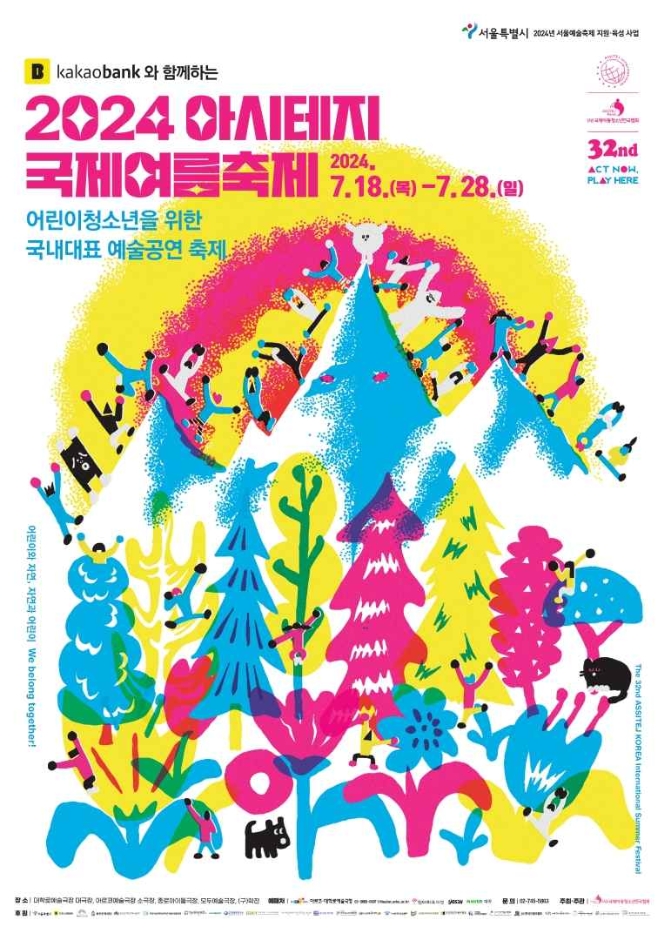
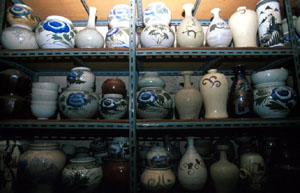
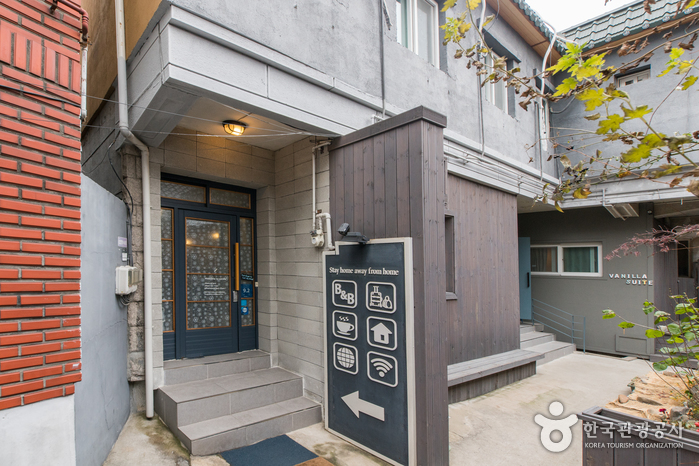
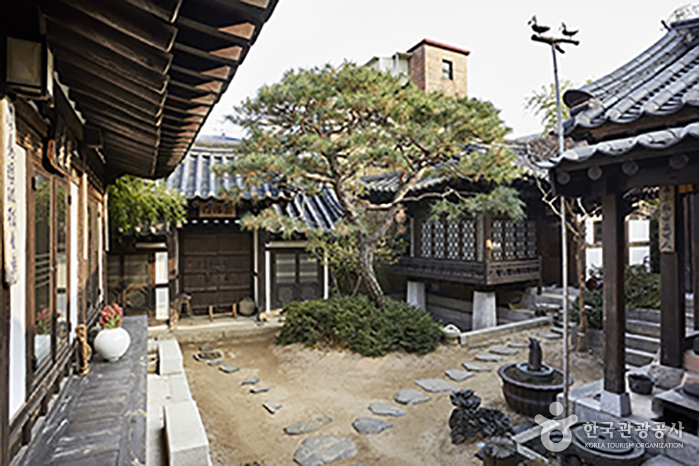
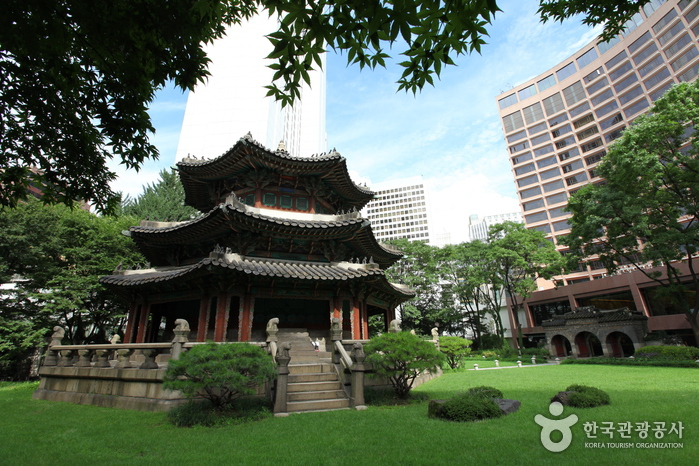
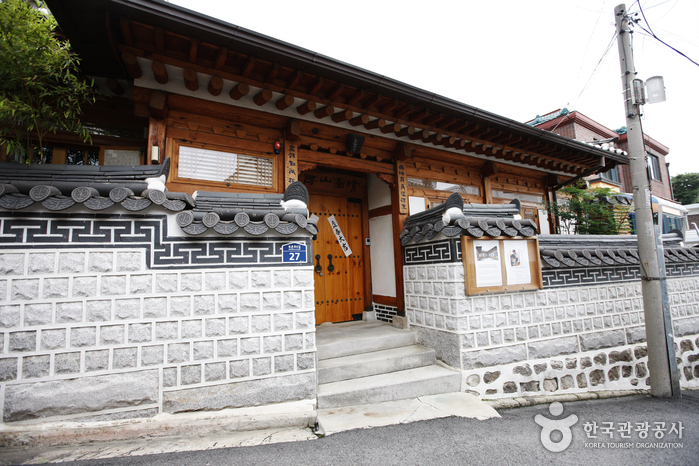
 English
English
 한국어
한국어 日本語
日本語 中文(简体)
中文(简体) Deutsch
Deutsch Français
Français Español
Español Русский
Русский